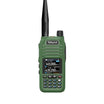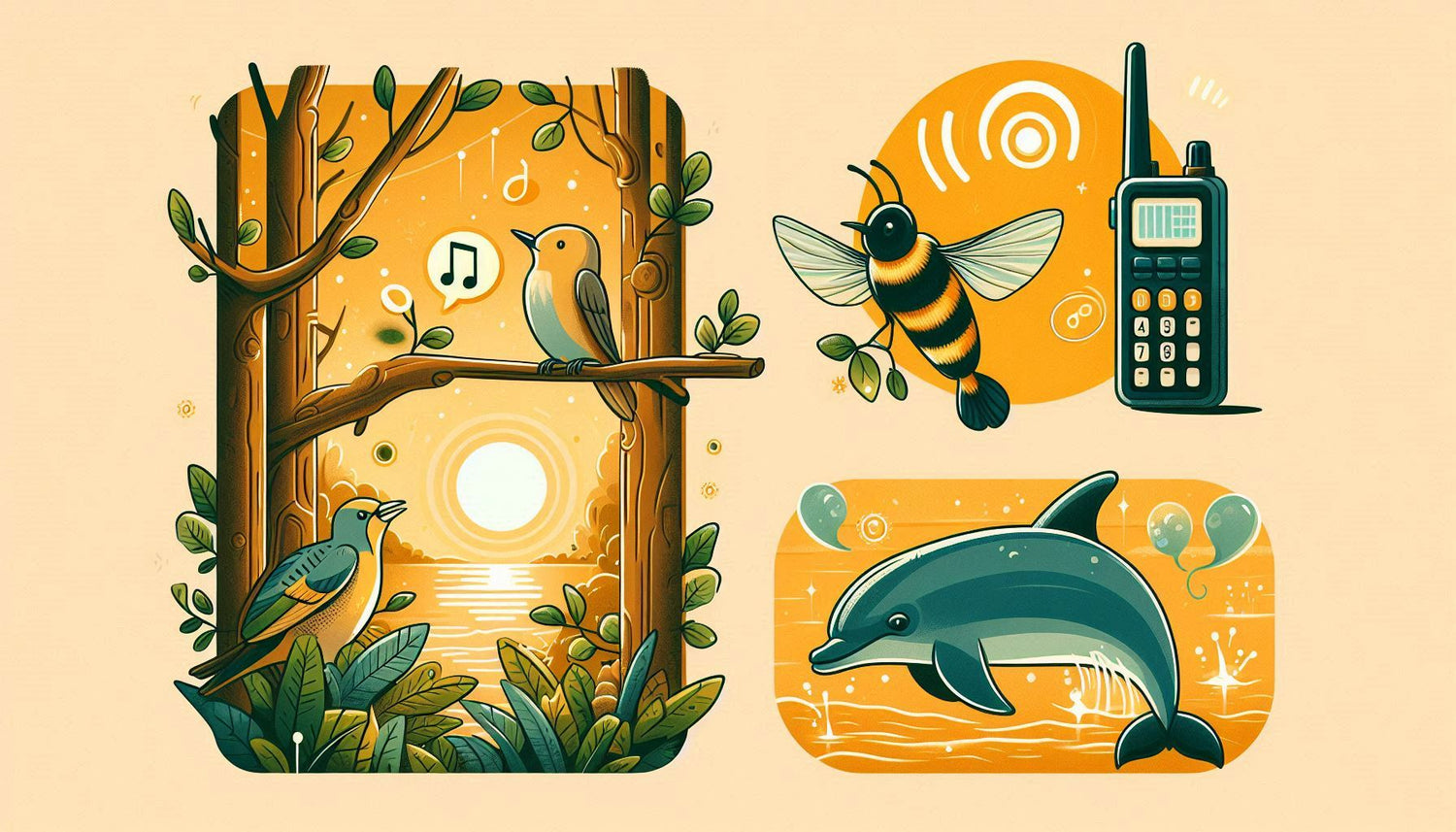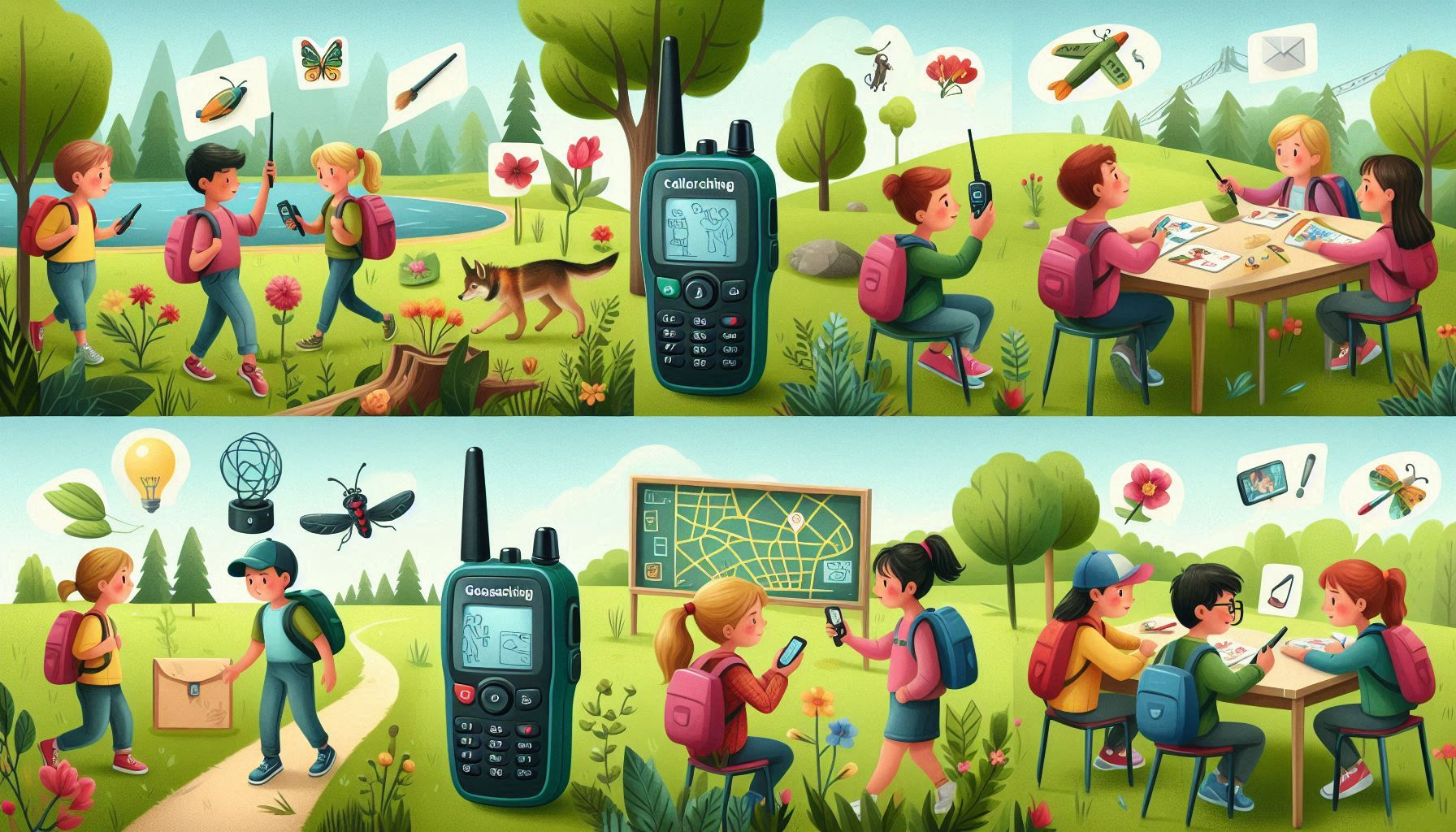Walkie-talkies aren’t just for humans! In fact, the concept of walkie-talkies and wireless communication has deep roots in nature. Scientists have long been fascinated by animal communication, studying how creatures like bees, dolphins, and birds convey messages to each other. This research played a significant role in shaping the development of wireless communication devices, including walkie-talkies.
Animal Communication:
Animals communicate in ways that often mirror the principles behind walkie-talkies. For instance, bees perform “waggle dances” to share information about the location of food sources, while birds use songs to establish territory and warn other birds of potential threats. These behaviors provided key insights into the idea of transmitting information across distances without physical connections, ultimately influencing the technology we use today.
Walkie-Talkies for Animals:
In a fascinating turn of events, scientists have even developed communication devices for animals! One of the most notable examples is the work done with dolphins. Researchers have created specialized underwater communication devices, which act like walkie-talkies for these marine mammals, allowing them to “talk” to humans and other dolphins. This innovation helps scientists better understand dolphin behavior and facilitate their interaction with the animals in their natural environment.
Connecting Humans and Nature:
Just like humans use walkie-talkies for communication in outdoor adventures, animals are using similar technology to communicate across the animal kingdom, highlighting the incredible ways in which science and nature intersect. It’s amazing how nature inspired a technology that now helps us stay connected, whether we’re hiking in the mountains, exploring the oceans, or simply coordinating a family camping trip!


















































